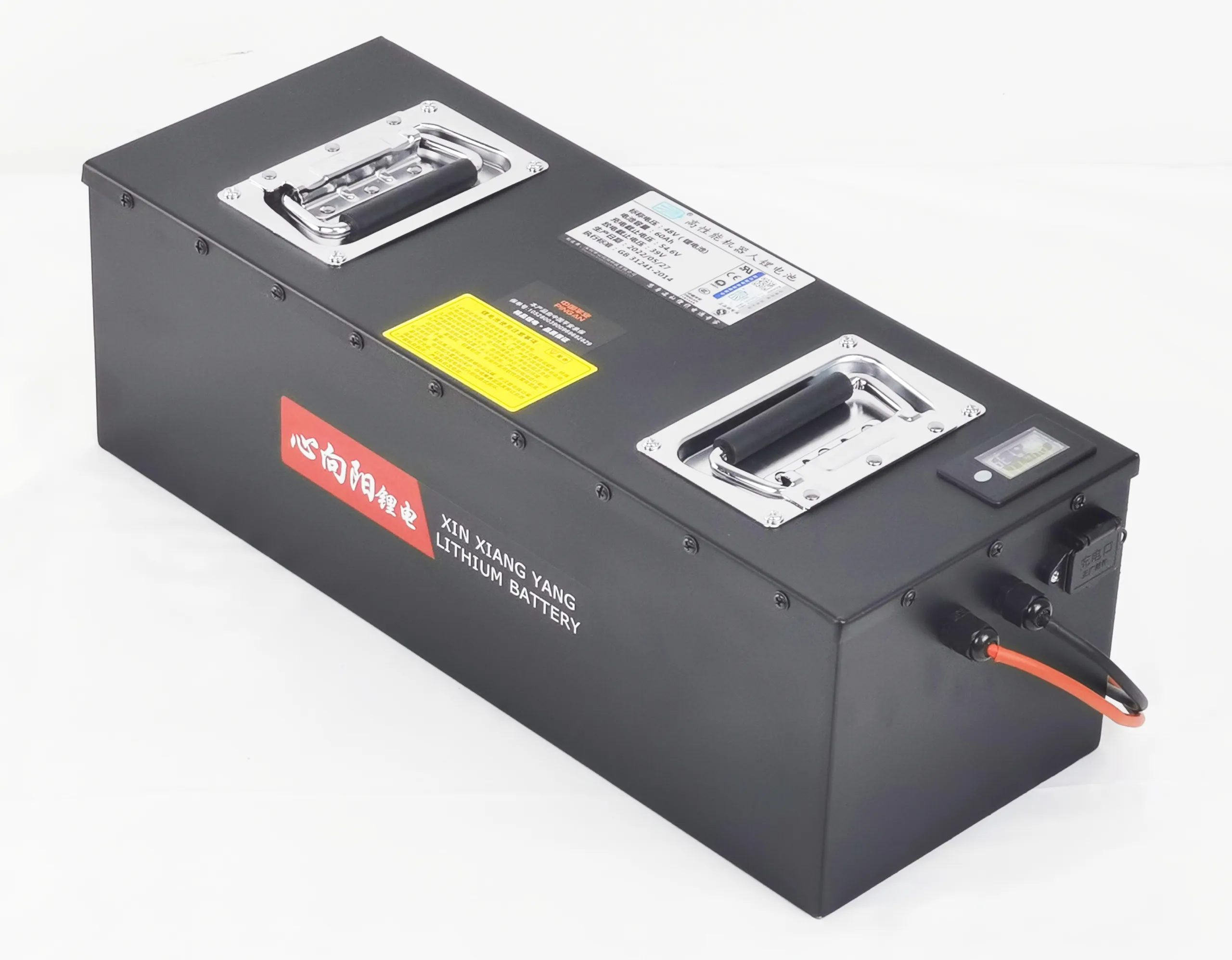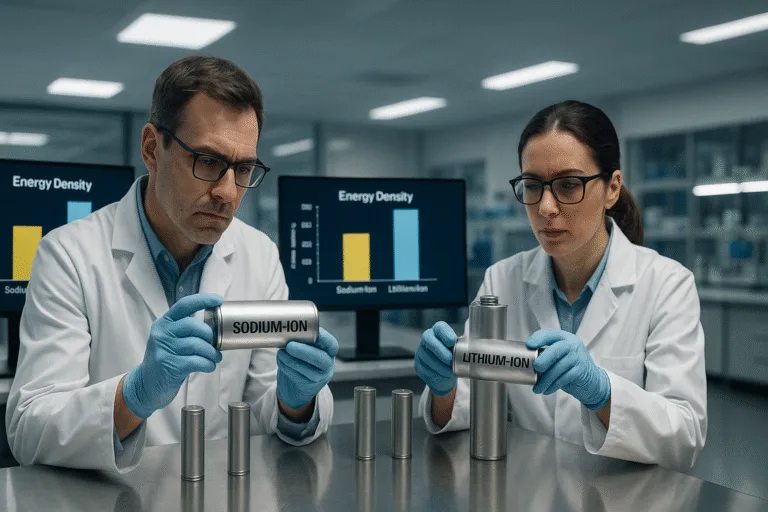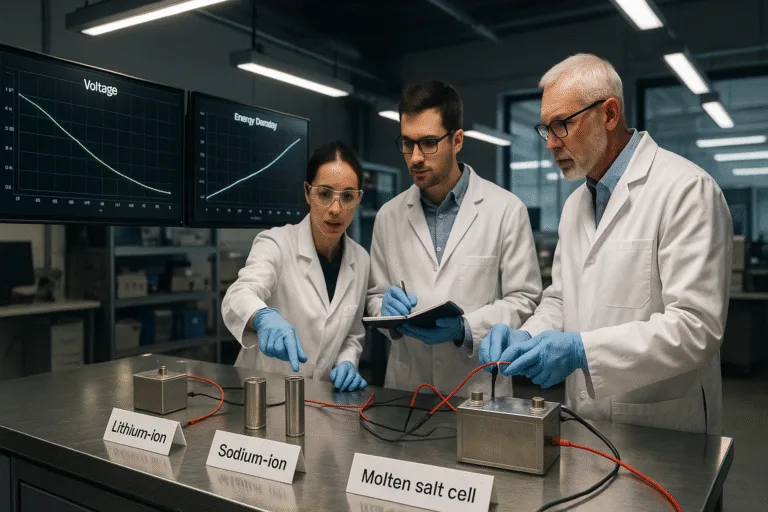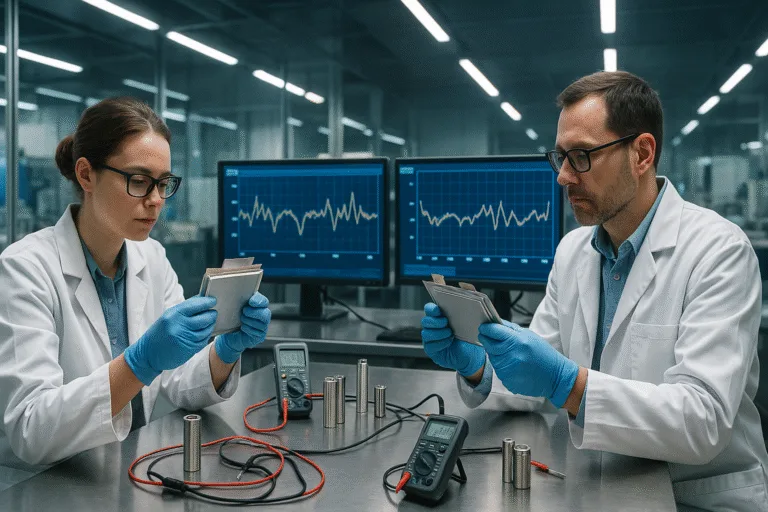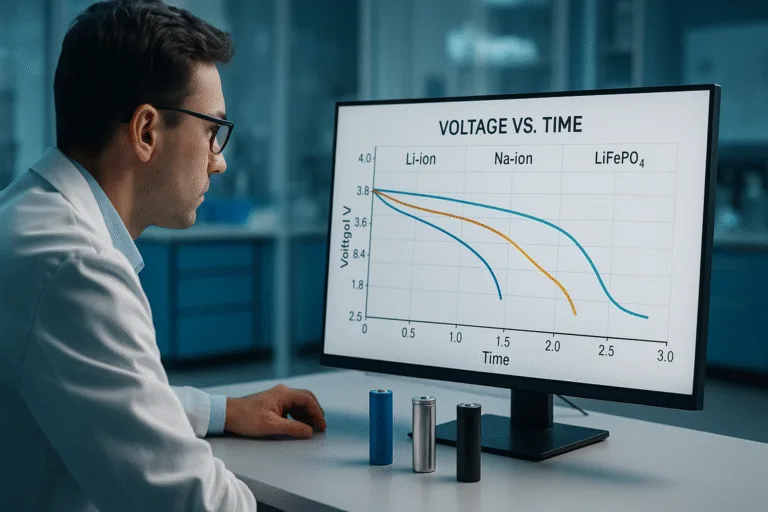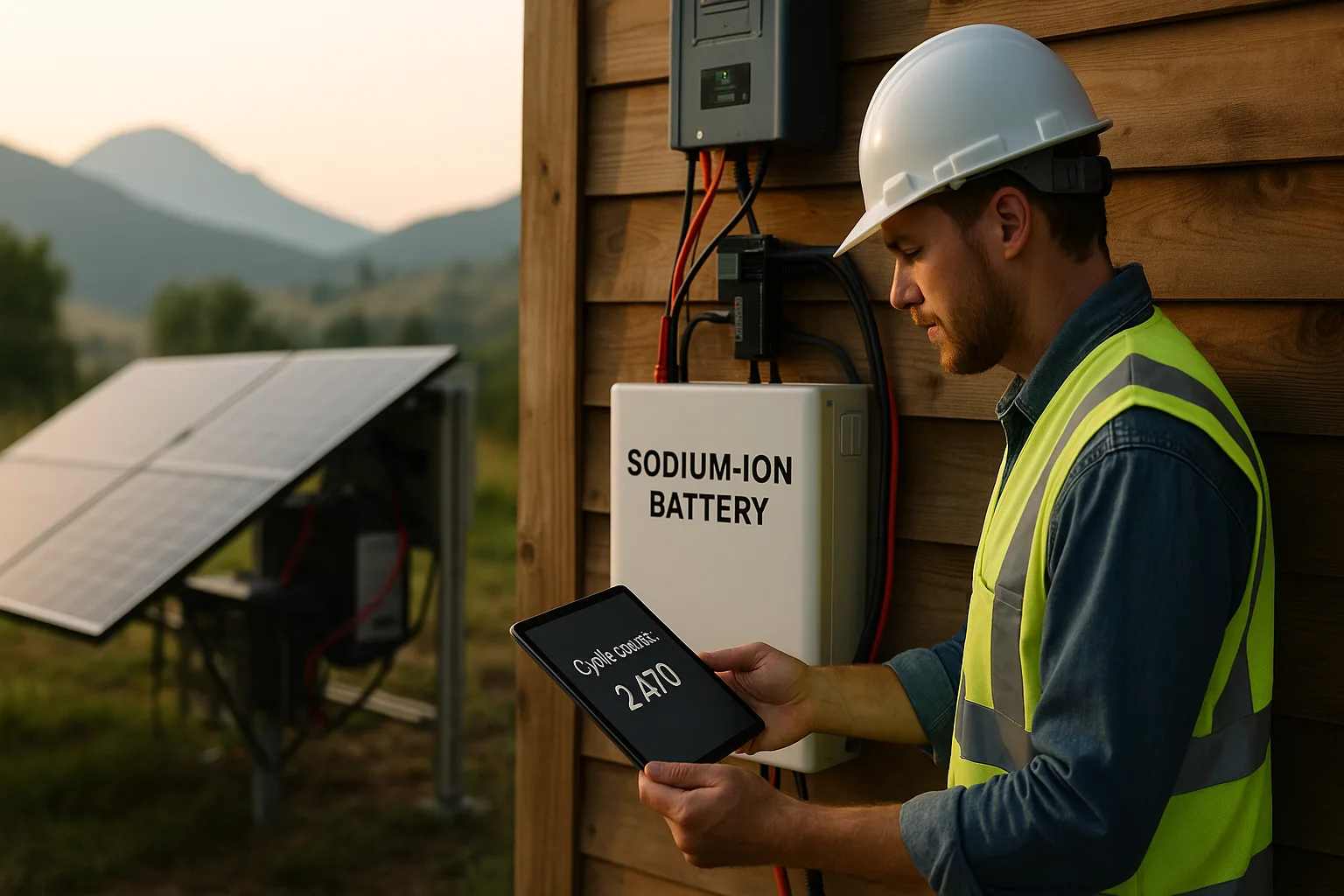
If you’re exploring sodium-ion batteries for your next project or energy system, you’re probably wondering how long they actually last.
The expected lifespan of a sodium-ion battery is typically 1,000 to 3,000 charge-discharge cycles, depending on the battery chemistry, usage environment, and depth of discharge.
I’ve seen some sodium-ion systems used in off-grid storage projects last several years with minimal degradation—let’s take a closer look at why.
How Many Charge Cycles Can a Sodium-Ion Battery Typically Last?
Cycle life is one of the most common benchmarks for battery performance.
Most sodium-ion batteries1 can deliver between 1,000 and 3,000 full charge cycles before noticeable degradation occurs. Some advanced designs may exceed 4,000 cycles in controlled conditions.
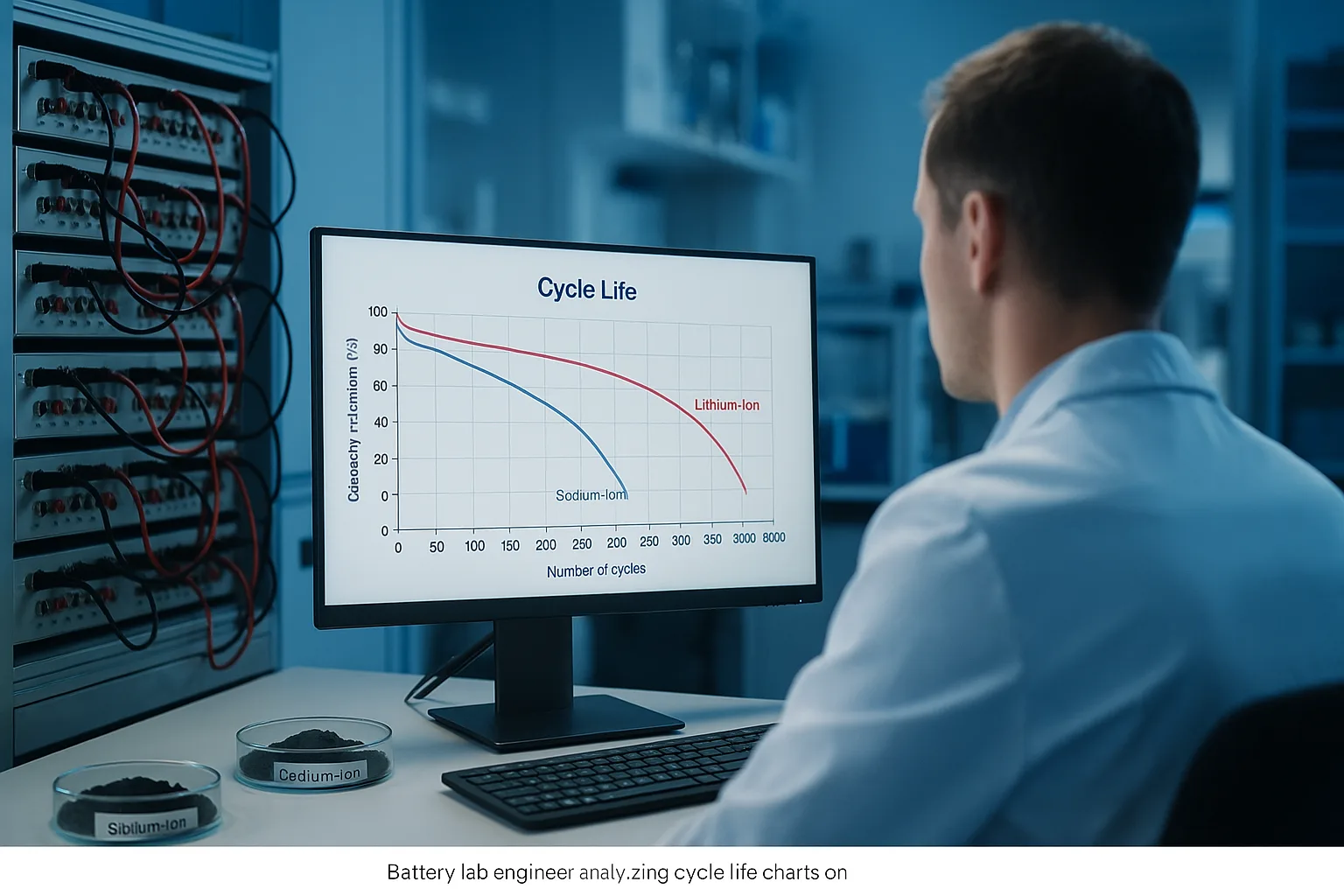
What Determines Cycle Life?
Cycle life refers to how many complete charge and discharge processes a battery can handle before its capacity drops below 80% of its original value.
| Application Type | Typical Cycle Range |
|---|---|
| Consumer electronics | 800–1,500 cycles |
| Stationary storage | 2,000–3,000+ cycles |
| Experimental setups | 4,000+ cycles |
Lower depth of discharge2 and proper temperature control can dramatically extend usable life.
Are Sodium-Ion Batteries Durable in Long-Term Usage?
You might be asking whether sodium-ion batteries can handle years of real-world use.
Yes, sodium-ion batteries are generally durable for long-term use, especially in low-demand or stationary applications. Their thermal and structural stability makes them resistant to overheating and degradation.
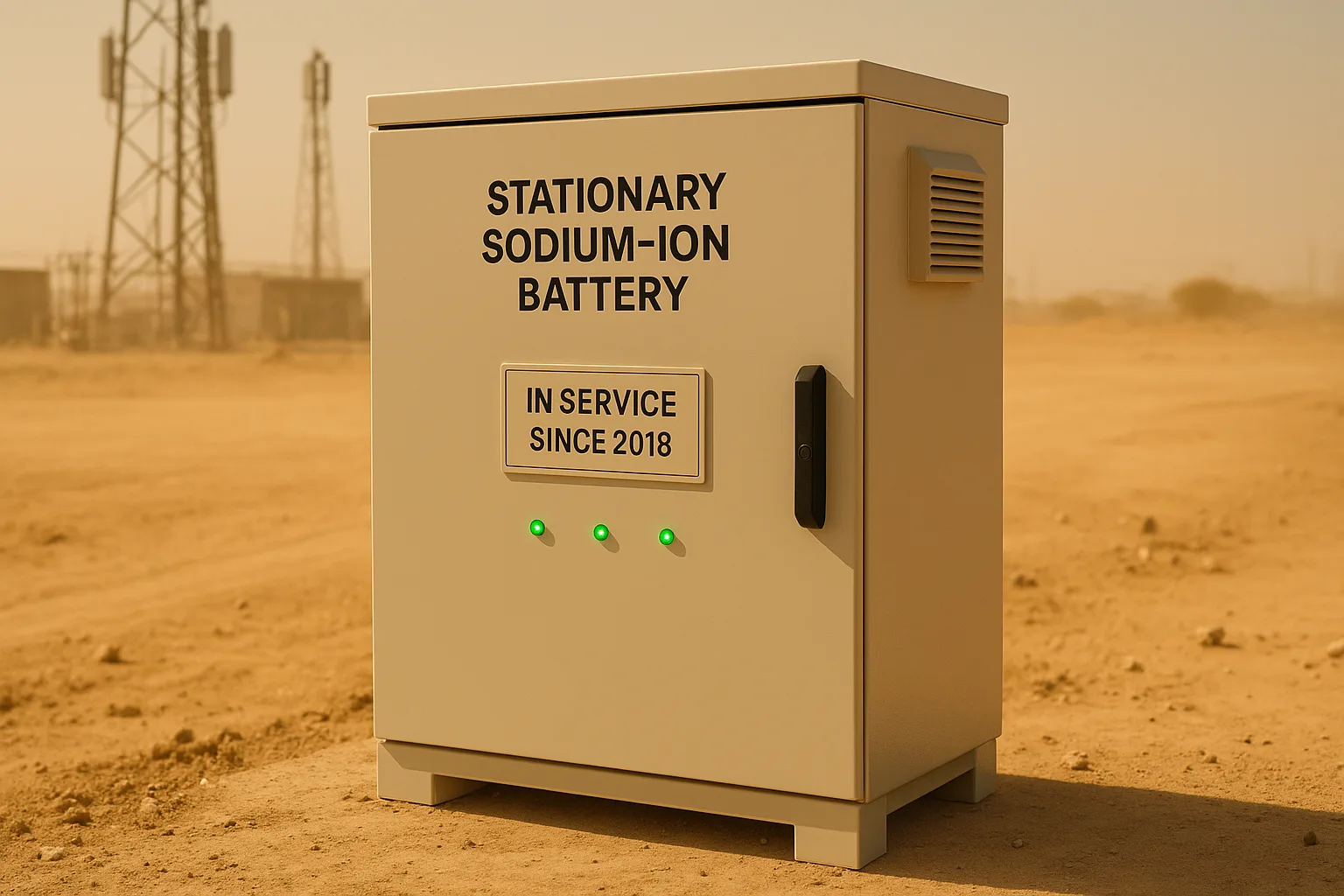
Long-Term Durability Factors
- Thermal Safety: Sodium-ion batteries resist thermal runaway, unlike some lithium chemistries.
- Material Stability: Electrodes like NaFePO₄ and hard carbon maintain structure over time.
- Calendar Life: Early tests show promising results beyond 8–10 years of stationary operation.
| Durability Feature | Impact on Long-Term Use |
|---|---|
| High thermal resistance | Reduces aging due to overheating |
| Stable electrode design | Less swelling or cracking |
| Non-flammable chemistry | Safer under harsh conditions |
This makes them ideal for use in environments where maintenance access is limited.
What Factors Affect the Longevity of Sodium-Ion Batteries?
Battery life isn’t just about materials—it’s also about how you use and store the battery.
Key factors affecting the longevity of sodium-ion batteries include depth of discharge, operating temperature, charge/discharge rate3, and electrolyte stability.
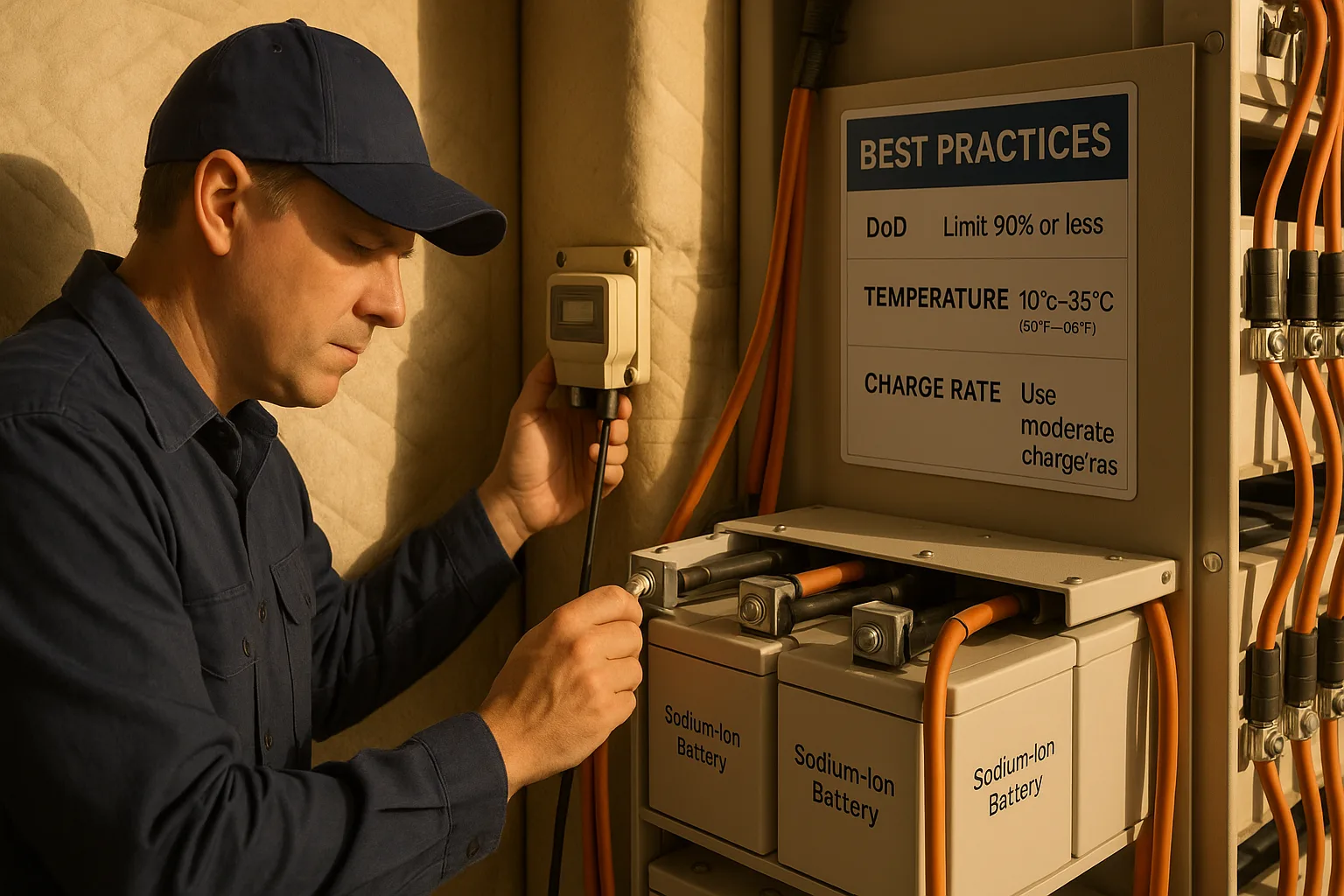
Longevity Optimization Tips
Here are the biggest influencers of sodium-ion battery life:
- Depth of Discharge (DoD): Shallower discharges extend cycle life4.
- Temperature Extremes: High heat or deep cold accelerates degradation.
- Charge Rate (C-rate): Rapid charging puts stress on materials.
- Cell Balancing: Unbalanced cells can shorten total pack lifespan.
| Factor | Recommended Practice |
|---|---|
| DoD | Keep below 80% for longest life |
| Temperature Range | Operate between 10°C – 35°C ideally |
| Charging Speed | Use moderate C-rate (≤ 0.5C preferred) |
| Storage Condition | Store at ~50% charge in cool, dry place |
Following best practices can nearly double the usable lifespan of your battery.
How Many Times Can You Recharge a Sodium-Ion Battery Before Replacement?
This question gets straight to the point—how many times can you use it?
On average, a sodium-ion battery can be recharged 1,000 to 3,000 times before reaching 80% of its original capacity. After that, it may still work, but with reduced performance.
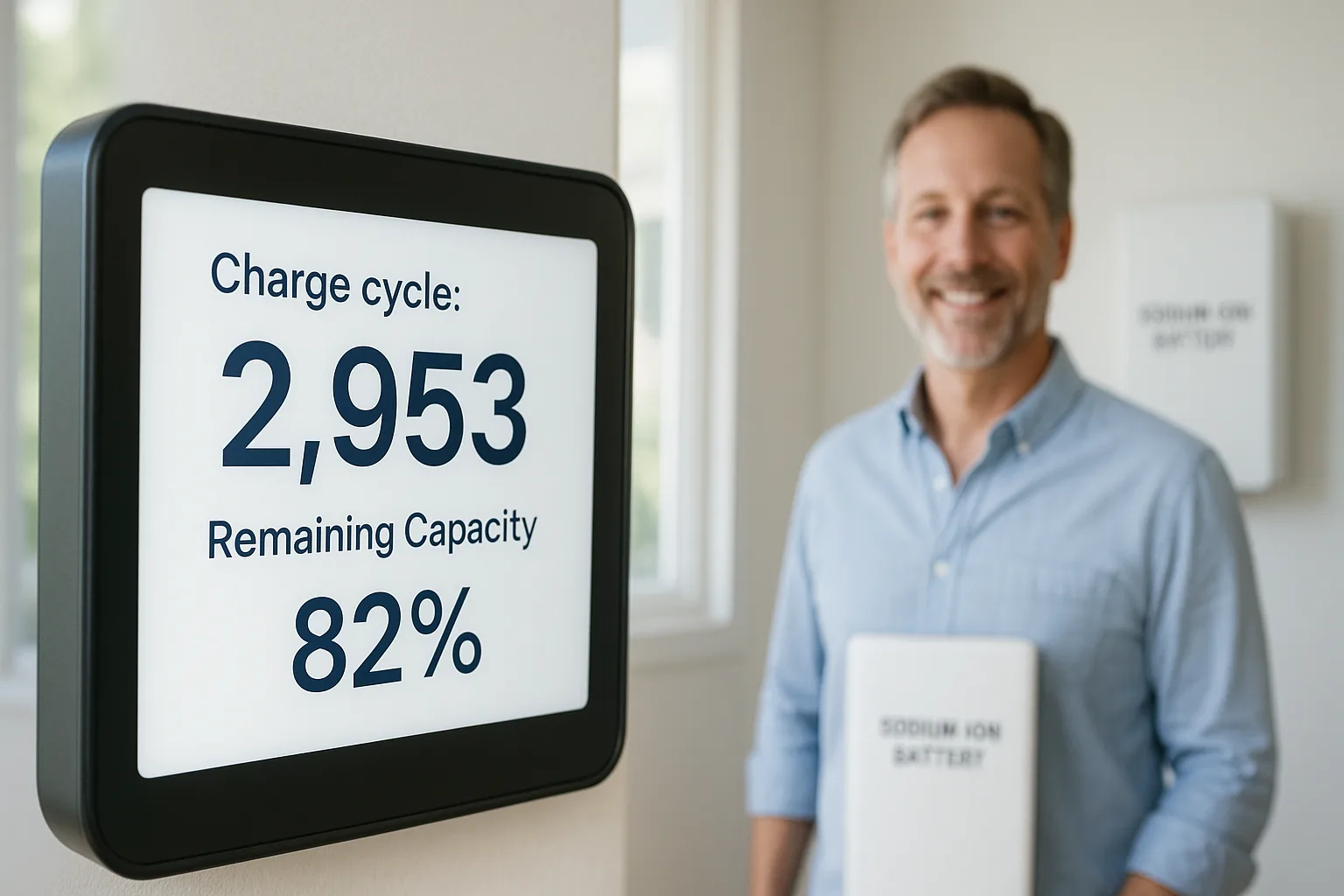
When Should You Replace It?
Here’s a general guideline based on usage type:
| Usage Pattern | Expected Recharge Cycles |
|---|---|
| Daily deep cycling | 2–5 years (1,000–2,000 cycles) |
| Shallow weekly cycling | 7–10+ years (3,000+ cycles) |
| Intermittent backup use | 10+ years (minimal degradation) |
The battery’s application and how aggressively it’s cycled both matter. Carefully managed systems can last a full decade or more.
Conclusion
Sodium-ion batteries typically last between 1,000 and 3,000 cycles, depending on usage and conditions. With proper management, they offer reliable long-term performance for storage and backup applications.
-
Explore the benefits of sodium-ion batteries, including their cost-effectiveness and environmental impact. ↩
-
Discover how managing depth of discharge can significantly extend battery lifespan. ↩
-
Understanding charge rates can help optimize battery usage and longevity. ↩
-
Understanding cycle life is crucial for evaluating battery performance and longevity. ↩

